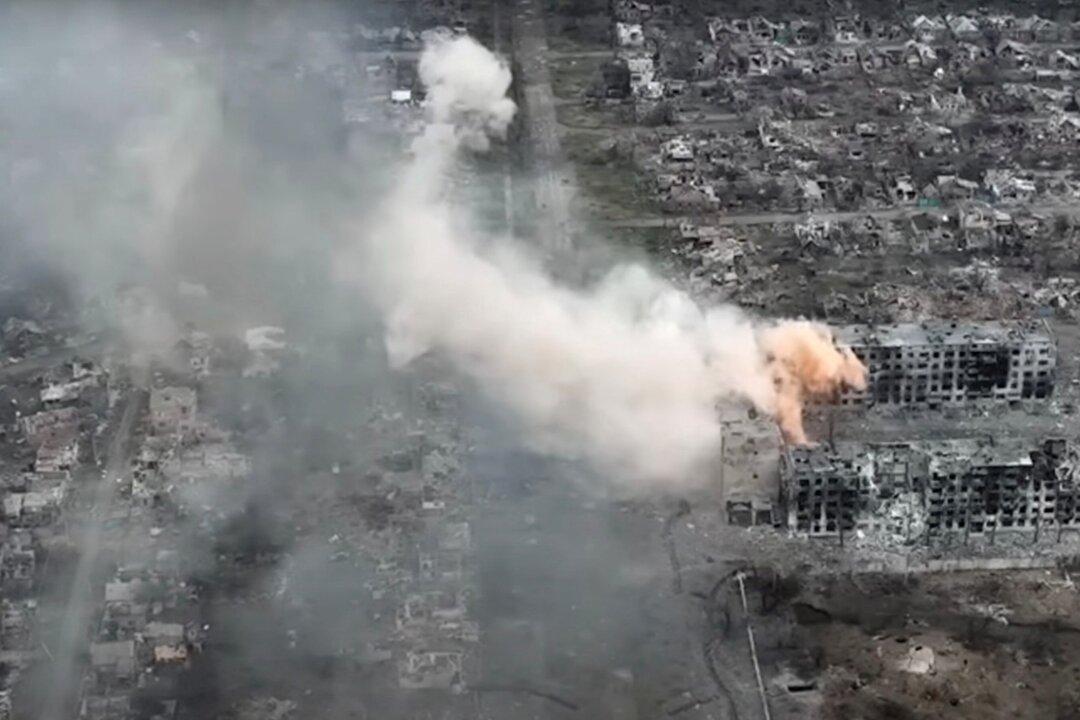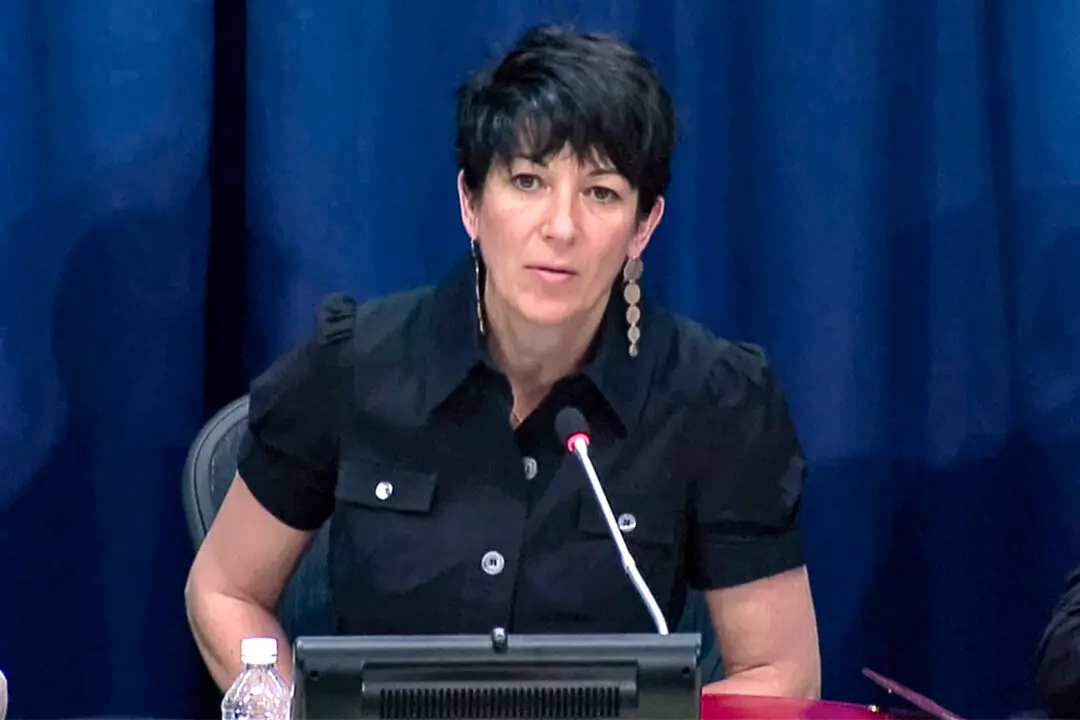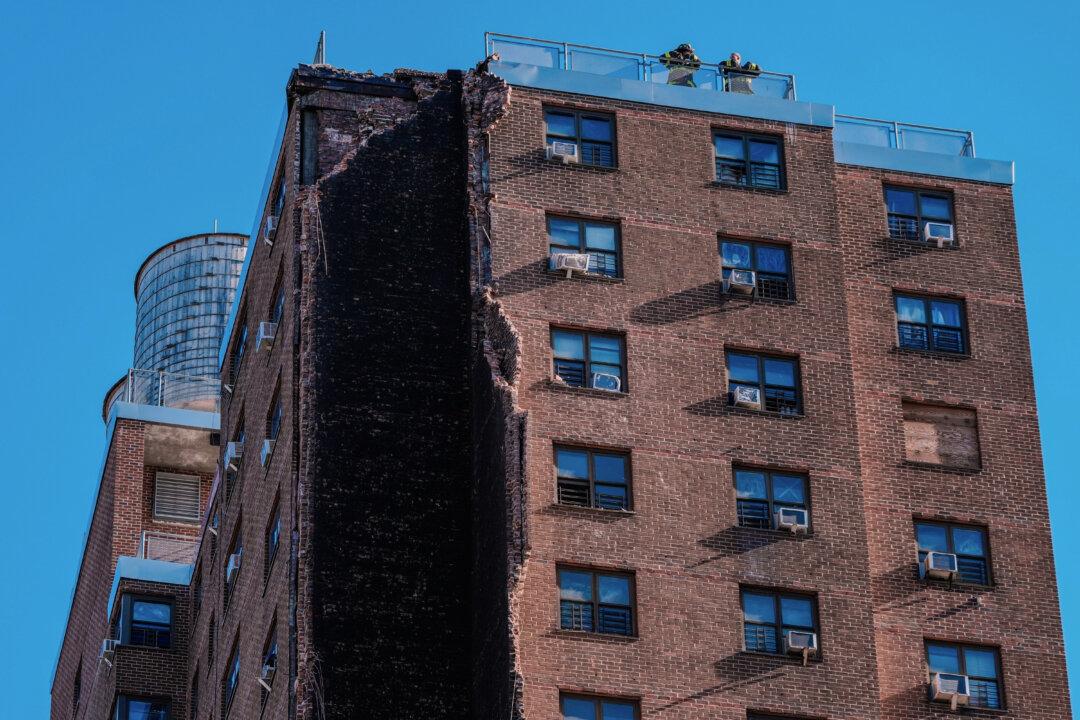The Russian forces have continued their nearly nine-month effort to capture the Ukrainian stronghold of Bakhmut in the eastern Donetsk region.
Ukrainian President Volodymyr Zelenskyy emphasized the importance of defending Bakhmut in last month’s interview with The Associated Press. saying that its fall could allow Russia to rally international support for a deal that might require Kyiv to make unacceptable compromises.





